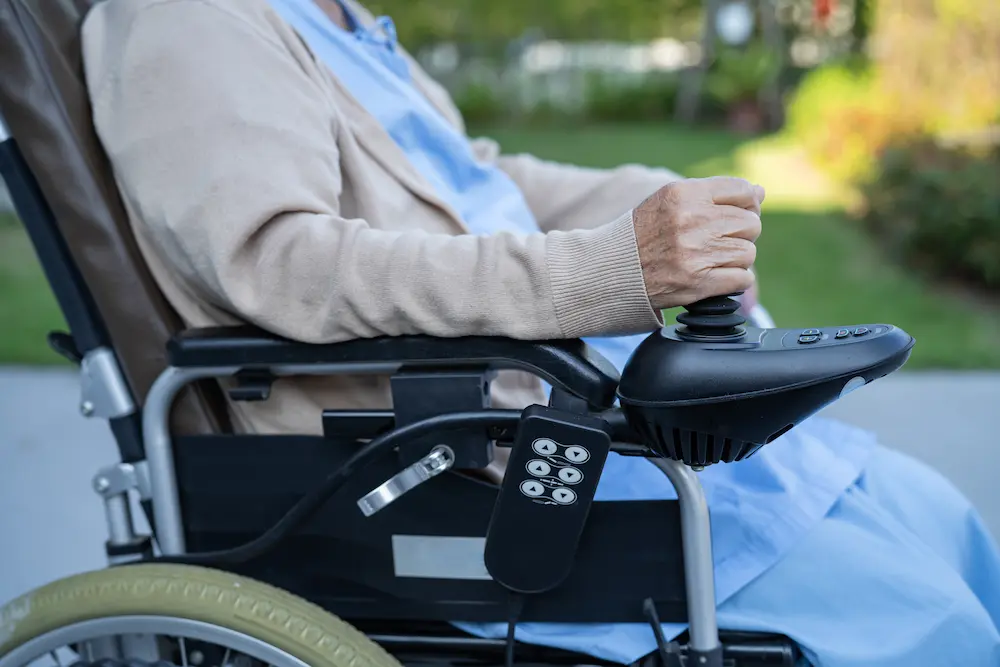Many people notice changes in their legs as they age, and one common issue is swollen legs from the knee down. This condition can cause discomfort and raise concerns for both seniors and their caregivers. Understanding the reasons behind this swelling can help manage it effectively.
It’s important to discuss how this impacts the quality of life for seniors. Whether you’re looking after your well-being or caring for an elderly loved one, knowledge is empowerment.

Understanding Swelling in the Elderly
Swelling, also known as edema, occurs when fluid accumulates in specific areas of the body, causing them to become enlarged. For seniors, this is a frequent issue that results from various factors. While it often targets the lower extremities, understanding the underlying causes can provide a clearer picture and aid in finding solutions.
Common causes include aging-related changes in the circulatory system, heart problems, and lifestyle factors. Let’s delve into these causes to better comprehend the condition.
Aging and Swelling
As the body ages, several physiological changes can make it prone to swelling in the legs. Aging affects circulatory efficiency, leading to fluid accumulation. Reduced mobility further exacerbates this issue.
Impact of Reduced Mobility
Inactivity is a significant contributing factor. When elderly individuals are less mobile, fluid has a greater chance of pooling in the lower extremities, leading to noticeable swelling. Encouraging regular movement can significantly alleviate this problem.
Heart Conditions
Heart-related issues such as congestive heart failure are fundamentally linked to edema. Such conditions compromise the heart’s ability to effectively pump blood, causing fluid to accumulate. Recognizing and treating heart-related illnesses can reduce the incidence of swollen legs.
Lifestyle Factors
Diet and weight significantly influence the likelihood of developing swollen legs. A high-salt diet or a sedentary lifestyle may contribute to water retention and inflammation. By adopting healthier lifestyle choices, seniors can prevent or manage swelling.
Dietary Influence
Salt contributes to fluid retention, exacerbating swelling. A balanced diet with reduced salt consumption can help manage this condition. Implementing dietary changes can improve overall health and comfort.
Exercise and Movement
Encouraging physical movement through exercises or therapies can significantly ease symptoms. From simple leg lifts to more structured physical activity, exercise promotes better circulation and helps reduce fluid buildup.
Medical Conditions
Several medical conditions are known to cause swollen legs. Addressing these health issues with professional guidance is crucial.
Kidney or Liver Problems
Both kidney and liver diseases can lead to swelling due to impaired function. When these organs don’t work properly, fluid accumulates, causing the legs to swell.
Varicose Veins
Visible and often painful, varicose veins can result in swelling. The pressure and pooling of blood in these veins lead to discomfort in the legs.
Diagnosis and Treatment
Accurate diagnosis is essential for formulating an effective treatment plan. Professionals typically employ a range of diagnostic tests. Treatment options include medications, compression therapy, or lifestyle changes.
Common Diagnostic Tests
Evaluations like blood tests and ultrasounds help determine the underlying causes and guide appropriate treatment.
Home Care Solutions
Simple measures such as wearing compression stockings, elevating the legs, and maintaining a healthy diet are practica ways to manage symptoms at home. Moreover, read https://productsseniorslike.com/back-massager-for-seniors-let-them-sit-and-stand-comfortably/ for more about ways to promote comfort and mobility.
When to Seek Professional Help
If swelling persists despite home care strategies or is accompanied by pain, professionals can provide further guidance. In some instances, immediate medical assessment is necessary.
Supporting Loved Ones with Swollen Legs
Senior caregivers play a crucial role in the management of swelling. Providing essential care and encouragement enhances well-being and mobility. Understanding which supportive tools, such as the https://productsseniorslike.com/grabber-tool-for-the-elderly-the-new-way-to-care-for-your-loved-ones/, can support daily activities, greatly enhances comfort.
Choosing the Right Supportive Tools
Simple devices, like personal alert systems, promote safety and independence. Ensure these tools are tailored to the individual’s specific needs.
Finding More Resources
Access helpful information from trusted professionals to gain a deeper understanding. More tips from [Forbes](https://www.forbes.com/sites/williamhaseltine/2020/01/10/top-10-tips-for-caring-for-older-adults/) offer comprehensive insights on elderly care and related health management.
Community Support Networks
Local organizations focused on senior care provide valuable information and support. Engaging with these groups connects individuals to others who understand and share similar challenges.
Conclusion
Understanding what causes swollen legs in the elderly is crucial to managing and improving elders’ quality of life. Employing the right balance of medical interventions, lifestyle, and home care solutions can bring about significant improvements.

Frequently Asked Questions
What are common causes of swollen legs in the elderly?
Common causes include aging-related changes, heart and kidney conditions, sedentary lifestyle, and dietary habits.
How can lifestyle changes help reduce swelling?
Increased physical activity, dietary adjustments, and weight management play a key role in alleviating symptoms.
What simple home measures can be employed for relief?
Simple steps include wearing compression stockings, elevating the legs, and engaging in regular, gentle exercise.
This article contains affiliate links. We may earn a commission at no extra cost to you.

